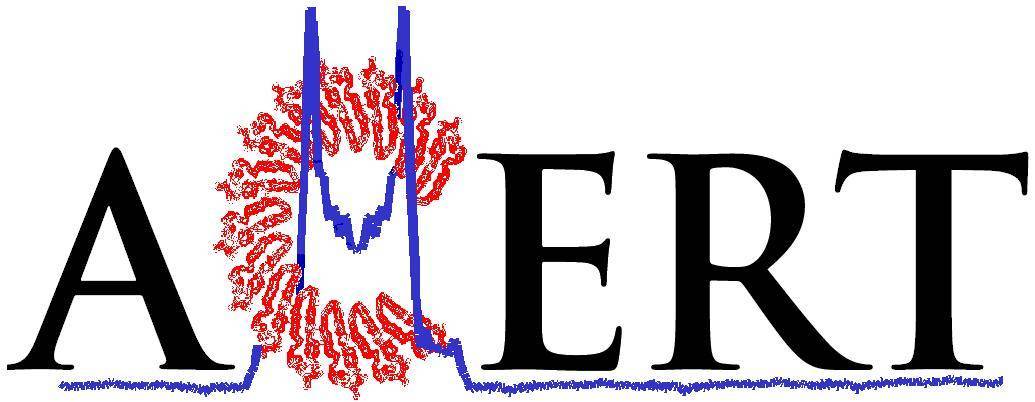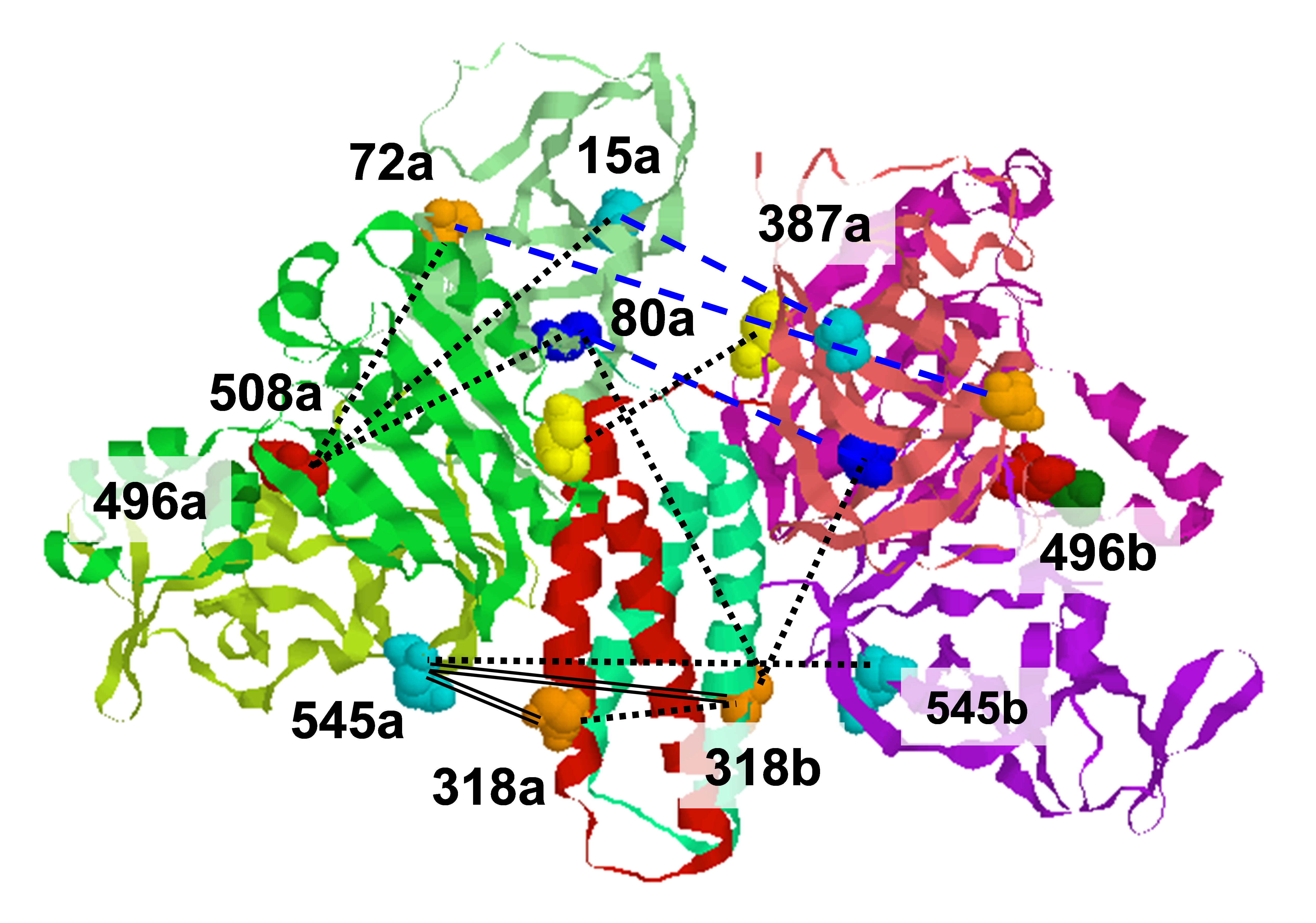.svg) National Institute of General Medical Sciences |
 |
 |
National Biomedical Resource for |
| Recent Highlights | |
Exchange processes which include conformational change, protonation/deprotonation, and binding equilibria are routinely studied by 2D exchange NMR techniques, where information about the exchange of nuclei between environments with different NMR shifts is obtained from the development of cross-peaks. Whereas 2D NMR enables the real time study of millisecond and slower exchange processes, 2D ESR in the form of 2D-ELDOR (Two-Dimensional Electron-Electron Double Resonance) has the potential for such studies over the nanosecond to microsecond real time scales. Cross-peak development due to chemical exchange has been seen previously for semiquinones in ESR, but this is not possible for most common ESR probes, such as nitroxides, studied at typical ESR frequencies because, unlike NMR, the exchanging states yield ESR signals that are not resolved from each other within their respective linewidths. But at 95 GHz, it becomes possible to resolve them in many cases because of the increased g-factor resolution. The 95 GHz instrumental developments occurring at ACERT now enable such studies. We demonstrated these new capabilities in two studies: A) the protonation/deprotonation process for a pH-sensitive imidazoline spin label in aqueous solution where the exchange rate and the population ratio of the exchanging states are controlled respectively by the concentration and pH of the buffer solution, respectively, and B) nitroxide radical DTBN partitioning between polar (aqueous) and non-polar (phospholipid) environments in multilamellar lipid vesicles, where the cross-peak development arises from the exchange of the nitroxide between the two phases. This work represents the first example of observation and analysis of cross-peaks arising from chemical exchange processes involving nitroxide spin labels. Publication: J. Amer. Chem. Soc. 142, 21368-21381 (2020); PMC7810061. |
|
|
|
|
Boris Dzikovski (ACERT) Valery V. Khramtsov (In Vivo Multifunctional Magnetic Resonance Center, Robert C. Byrd Health Sciences Center, West Virginia University, and Department of Biochemistry, West Virginia University School of Medicine, Morgantown, West Virginia) Siddarth Chandrasekaran, Curt Dunnam, Meera Shah, and Jack H. Freed. (ACERT) |
|
|
|
About ACERT Contact Us |
Research |
Outreach |
ACERT is supported by grant 1R24GM146107 from the National Institute of General Medical Sciences (NIGMS), part of the National Institutes of Health. |
|||||
| ||||||||